Spring Celestial Calendar
Spring Stargazing
As winter fades and the days grow longer, spring in the Haliburton Highlands brings new life—not just to the forests and lakes, but also to the night sky. This dark sky area offers a breathtaking backdrop for celestial events, where crisp evenings and minimal humidity provide excellent visibility for stargazers of all levels.
From the return of bright planets to the arrival of dazzling meteor showers, spring is a season of cosmic renewal. Whether you’re admiring the Pink Moon, spotting Mercury at its peak, or simply taking in the vast beauty above, the Highlands offer a truly unforgettable night-sky experience.
Did you know that New Moons provide the best time to view the stars and celestial objects?
Important Celestial Dates
Notable celestial events, including the Lyrid Meteor Shower and Supermoons, light up the sky, while planets like Venus and Mercury become easier to spot. With the winter constellations setting and the summer constellations rising, spring offers a unique mix of stellar sights to enjoy.
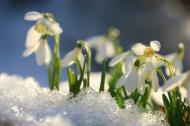 Mar 20: March Equinox
Mar 20: March Equinox
The March equinox is the first day of spring in the Northern Hemisphere and the start of fall in the Southern Hemisphere, by astronomical definitions.
Solstice & equinox times worldwide
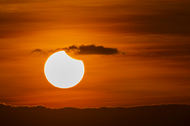 Mar 29: Partial Solar Eclipse
Mar 29: Partial Solar Eclipse
A partial solar eclipse takes place across Europe and the northeastern corner of North America.
Protect your eyes. Never look directly at the Sun!
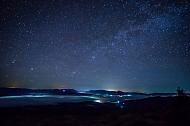 Mar 29: Super New Moon
Mar 29: Super New Moon
Dark nights a few days before and after the Moon reaches its New Moon phase at 10:57 UTC UTC on March 29 are the best nights to do some night sky watching—see our map! This is the first Super New Moon of 2025.
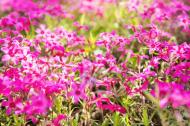 Apr 13: Micro Pink Moon
Apr 13: Micro Pink Moon
April’s Full Moon is traditionally known as the Pink Full Moon. This year it is a Micromoon, because it falls close to the time when the Moon is at its farthest point from Earth.
What is a Micromoon? Namebine-Giizis – Recognition of the Moon
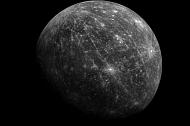 Apr 21: Mercury at Greatest Elongation West
Apr 21: Mercury at Greatest Elongation West
This might be a good time to try and spot Mercury: the planet appears at its farthest distance from the Sun in the morning sky.
Find Mercury with our Interactive Night Sky Map
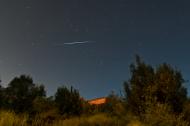 Apr 22/23: Lyrid Meteor Shower
Apr 22/23: Lyrid Meteor Shower
The Lyrid meteor shower is expected to peak around April 22 and 23, depending on your location.
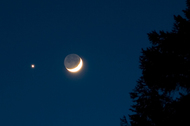 Apr 23/24: Earthshine Mornings
Apr 23/24: Earthshine Mornings
The Waxing and Waning Crescent Moon phases in April and May are the best time to see Earthshine, where the unlit part of the Moon becomes visible. It is also known as Da Vinci glow.
What’s on the far side of the Moon?
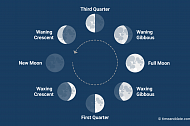 Apr 27: Super New Moon
Apr 27: Super New Moon
This is the second and final Super New Moon of 2025. (There will be Super Full Moons in November and December.)
 Apr 30/May 1: Earthshine Nights
Apr 30/May 1: Earthshine Nights
The Waxing and Waning Crescent Moon phases in April and May are the best time to see Earthshine, where the unlit part of the Moon becomes visible. It is also known as Da Vinci glow.
What’s on the far side of the Moon?
 May 5/6: Eta Aquarid Meteors
May 5/6: Eta Aquarid Meteors
Use our handy Interactive Meteor Shower Sky Map to increase your chances of seeing shooting stars from the Eta Aquarids.
What do I need to see a meteor shower?
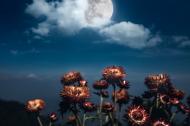 May 12: Micro Flower Moon
May 12: Micro Flower Moon
May’s Full Moon is known as the Flower Moon after all the flowers that bloom around this time in the Northern Hemisphere. For the second month in a row, this Full Moon is a Micromoon.
Waawaaskone-Giizis – Recognition of the Moon
 May 27: New Moon
May 27: New Moon
This month’s New Moon is at 03:02 UTC on May 27.
 June 1: Venus at Greatest Elongation West
June 1: Venus at Greatest Elongation West
At the beginning of this year, Venus was shining brightly as the evening star. It is now the morning star: today the planet appears at its farthest distance from the Sun in the morning sky.
Find Venus with our Interactive Night Sky Map
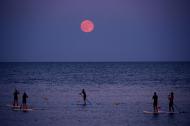 Jun 11: Strawberry Moon
Jun 11: Strawberry Moon
June’s Full Moon is often called the Strawberry Full Moon, after the berries that grow in the Northern Hemisphere around this time of the year.
Traditional Full Moon names Ode’mini-Giizis – Recognition of the Moon
Haliburton Forest’s Astronomy Program
Nestled within the Haliburton Highlands, the Haliburton Forest and Wild Life Reserve stands as a beacon for stargazing aficionados. Here, far from the city lights, the pristine darkness creates an expansive canvas for celestial wonders.
Book spots for their Astronomy Program that runs July and August, or stay overnight on your own and be amazed of the unobstructed view of the night sky.
Whether you’re a dedicated astronomer or simply looking to enjoy a quiet evening under the stars, springtime in Haliburton Forest offers a celestial experience like no other.
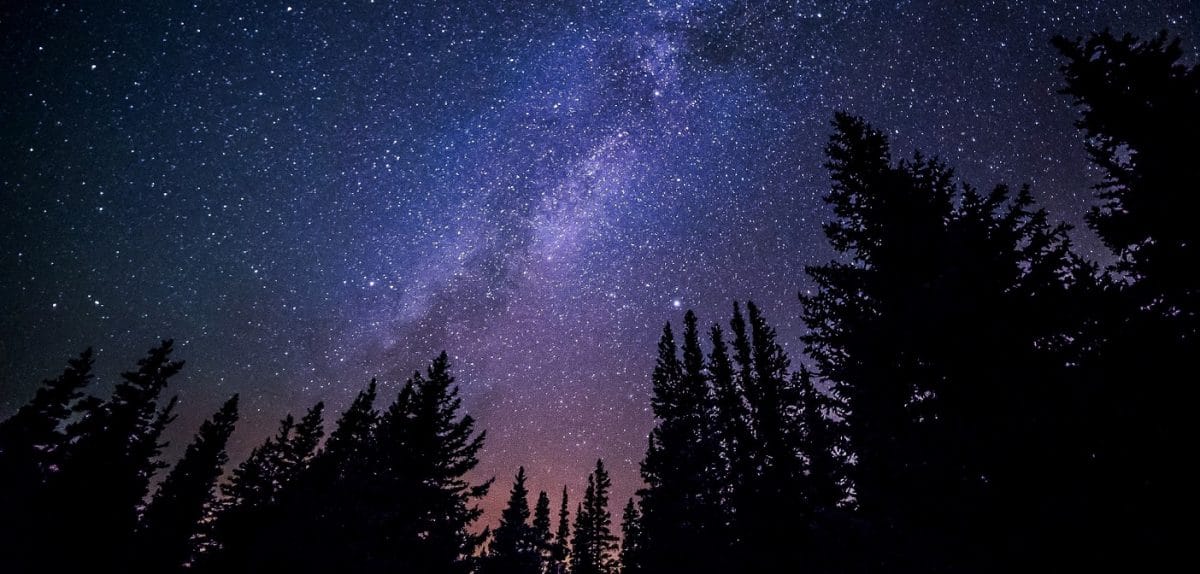
Spring Viewing Conditions
Spring nights in central Ontario offer incredible stargazing opportunities, but clear skies make all the difference. Before heading out, check the current viewing conditions to ensure the best visibility for celestial events like meteor showers, Supermoons, or simply a peaceful night under the stars.
From temperature drops to cloud cover, staying prepared will help you make the most of your springtime night-sky experience.
Check Current Viewing Conditions Here.
